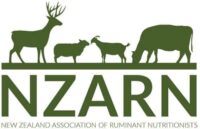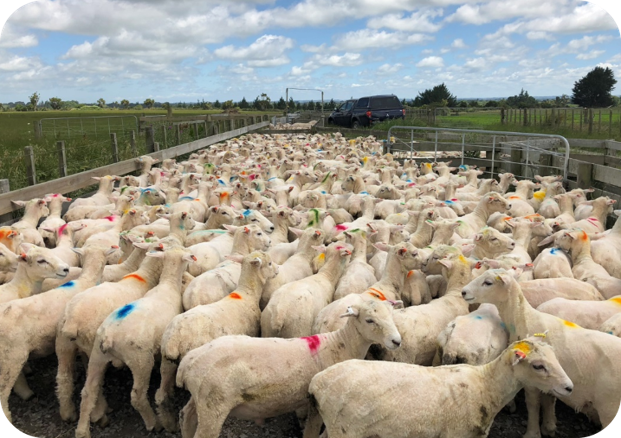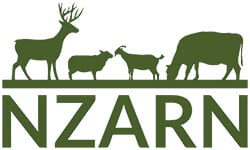Sarah kicked off defining carcass quality verses meat quality. Where classification characteristics associated with greater saleable meat yields and premium prices (weight, shape, fatness etc) verses how good the meat is. In regard to colour, palatability and nutritive values.
Consumers are becoming more interested in what they are consuming. While a lot of NZ meat products do not have nutritive values.
There are a few nutritional effects on meat quality such as the growth rate, animal age and weight. But what are nutritional treatments? Diet quality and quantity! However the other factors that need to be taken into consideration is the intake, rumen function and metabolism and how this impacts growth and deposition (protein, fat and other compounds).
Nicola highlighted the trials that have been carried out at Massey. In 2012 there was a trial looking at the impact on variable plant swards and the impact on meat quality. This particular trial was done with lambs. The GR (carcass classification measure) soft tissue depth was Y-Yield for ryegrass for both spring and autumn treatments. Verses plantain and chicory for both spring and autumn treatments had a higher grade achieved at a P-grade (higher value per kg).
High shear forces = tougher meat, all treatments had a low shear force value. And no difference in meat pH or colour.
Skatole (responsible for boar taint) in fat (ng/g) overall had a low threshold level. Only the autumn pasture lambs were close to a sensitive level however the variation was much higher.
Holly Phillips PhD paper. From 2018-2022. The first year was replicated 3 times with 6 treatments. The second year was looking at the impact of changing forage for finishing. And the 3rd year was 3 treatments looking at the sensory information.
The second year, there was affect on pH, lightness of colour. The day (length of finishing) had a very strong influence on the meat quality.
There were some unique profiles coming out with the volatiles. Which could lead to say that there can be different flavour profiles from different forages.
For the third treatment, this was a sensory study, where looking at consumers did a flavour profile test ranking the meat on a 1-3 score. While the results weren’t significant, there was a visual response to liking and not liking the raphanobrassica.
Discussions on the day of presentation, there was a key focus on there being more of an impact on forage quality rather than the forage type itself.
This is something to consider when we are exporting meat depending on their profile preferences.
The whenua Haumanu trials included regenerative pastures. Which showed a higher carcass weight on the regenerative pastures, however there is less competition as the stocking rate is lower. This would decrease competition between ewe and lamb. There is area to review if this is just a subject of lower stocking rate in a follow up trial.
Nicola is Associate Professor of Animal Nutrition and Meat Science and Group Leader of Animal Science at Massey University. Her research in meat science considers how on-farm production factors influence the carcass and meat with a particular focus on the effect that forage diets have on meat quality. Nicola obtained PhD in Animal Science from Massey University then spent two years as a post-doc at the Institut National de la Recherche Agronomique (INRA now INRAe) in Clermont-Ferrand, France. Other current research interests include looking at feed particle size on growth performance of broilers, understanding the capabilities of the Wiltshire breed of sheep for meat production, and a continued involvement in dairy-beef production research.
NZARN members a copy of the presentation is available below if you are logged in.
Non-members looking for more information are encouraged to use our ‘contact a nutritionist’ form and ‘member directory’ to find a member who can help them answer their questions.
If you are a Rural Professional interested in joining the NZARN please see our ‘membership’ section.


